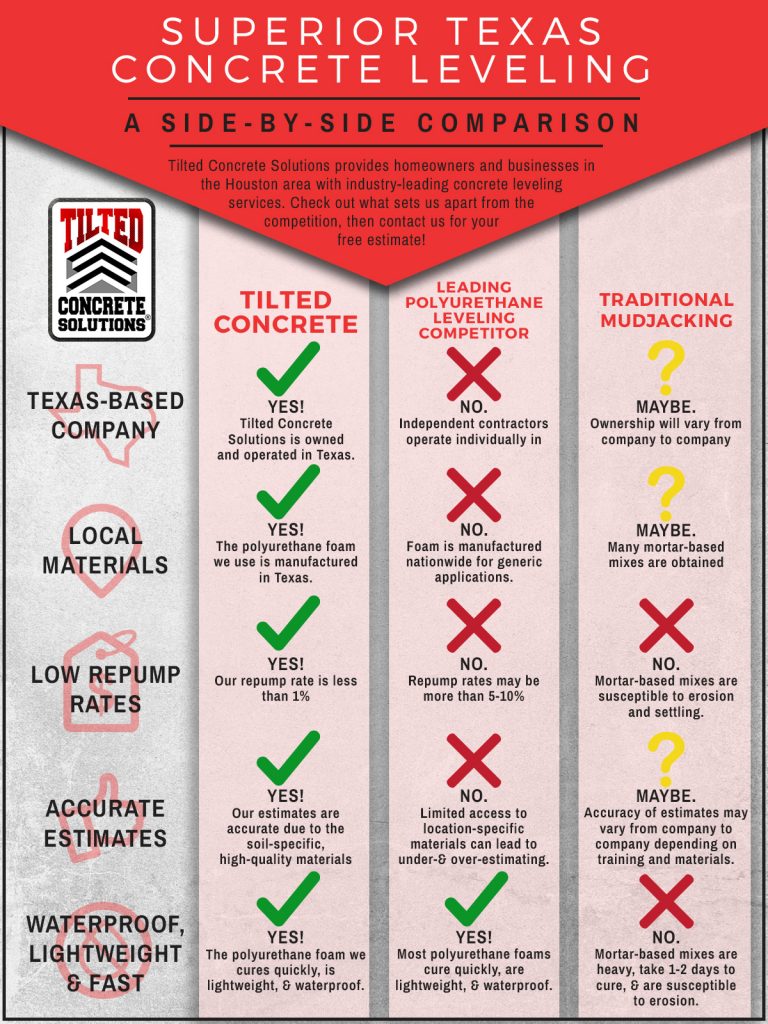Getting Your Walls Ready For A Seamless Paint Application
Getting Your Walls Ready For A Seamless Paint Application
Blog Article
Published By-Levesque Brewer
Accomplishing a flawless paint job starts with thorough wall preparation. From completing flaws to priming surfaces, each step plays a vital role in the last end result. However what about those tricky edges and edges that can make or damage the general appearance? Keep tuned to find professional pointers on how to navigate these difficult locations with skill, guaranteeing a smooth finish that will certainly boost your room to new elevations of refinement.
Wall Inspection and Repair
Inspecting walls for any kind of flaws and immediately resolving them via necessary repair work is critical for attaining a smooth and remarkable paint job. Before beginning the paint procedure, thoroughly take a look at the walls for splits, openings, damages, or any other damage that could influence the final result.
Beginning by filling out any fractures or openings with spackling compound, permitting it to completely dry entirely before sanding it down to produce a smooth surface area. For see this page or damaged areas, think about making use of joint compound to make sure a seamless fixing.
Furthermore, check for any kind of loosened paint or wallpaper that may need to be removed. Scrape off any type of peeling paint or old wallpaper, and sand the surface area to produce an uniform appearance.
It's additionally essential to examine for water damage, as this can cause mold and mildew growth and influence the attachment of the brand-new paint. Deal with any kind of water discolorations or mildew with the ideal cleansing remedies prior to proceeding with the paint procedure.
Cleansing and Surface Preparation
To guarantee an excellent and well-prepared surface for paint, the next step involves completely cleansing and prepping the wall surfaces. Begin by cleaning the walls with a microfiber cloth or a duster to remove any type of loose dirt, cobwebs, or particles.
For even more persistent dirt or crud, a remedy of light detergent and water can be made use of to gently scrub the wall surfaces, complied with by a detailed rinse with tidy water. Pay unique interest to areas near light buttons, door deals with, and walls, as these tend to build up even more dust.
After cleansing, it is important to examine the wall surfaces for any fractures, openings, or flaws. These need to be filled with spackling compound and sanded smooth when dry. Sanding the wall surfaces gently with fine-grit sandpaper will certainly additionally aid create a consistent surface for paint.
Priming and Taping
Before painting, the wall surfaces should be keyed to guarantee appropriate adhesion of the paint and taped to secure surrounding surfaces from roaming brushstrokes. https://residentialpaintersnearme54219.dgbloggers.com/34425048/yearning-for-a-home-that-emanates-quality-and-vibrancy-discover-the-key-of-professional-home-painters-and-the-key-elements-that-make-a-house-genuinely-feel-like-a-home as a critical action in the painting process, particularly for brand-new drywall or surface areas that have actually been patched or fixed. It helps secure the wall, creating a smooth and consistent surface area for the paint to adhere to. Furthermore, primer can improve the durability and coverage of the paint, eventually leading to a more expert and lasting finish.
When https://www.realhomes.com/features/is-gray-paint-going-out-of-style comes to taping, utilizing painter's tape along trim, ceilings, and other surface areas you intend to safeguard is vital to attain tidy and crisp paint lines. Painter's tape is made to be easily applied and eliminated without harming the underlying surface area or leaving behind any residue. Put in the time to effectively tape off locations before repainting to conserve yourself the inconvenience of touch-ups later on.
Final thought
In conclusion, effectively preparing your wall surfaces before paint is crucial for attaining a perfect finish. By checking for imperfections, cleaning extensively, priming the surface area, and making use of painter's tape for tidy lines, you can make sure a professional-looking paint job.
Making the effort to complete these steps will lead to a smooth and long-lasting finish that boosts the overall look of your area.
